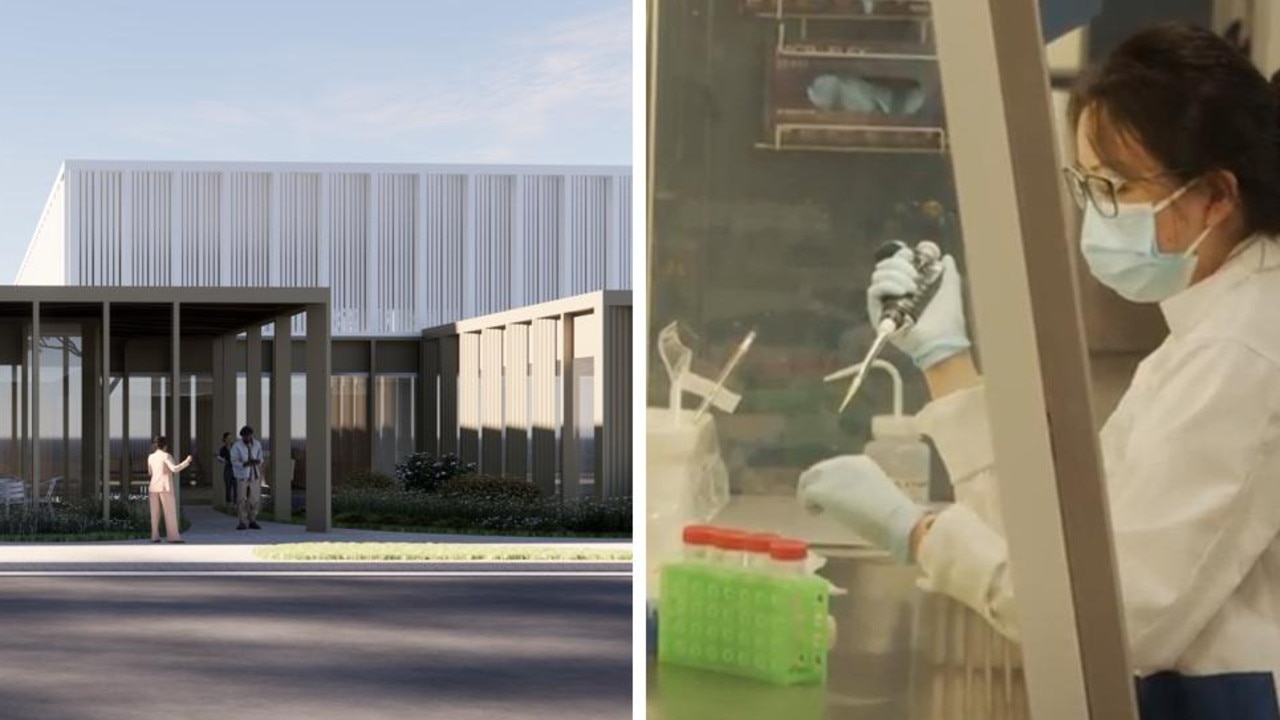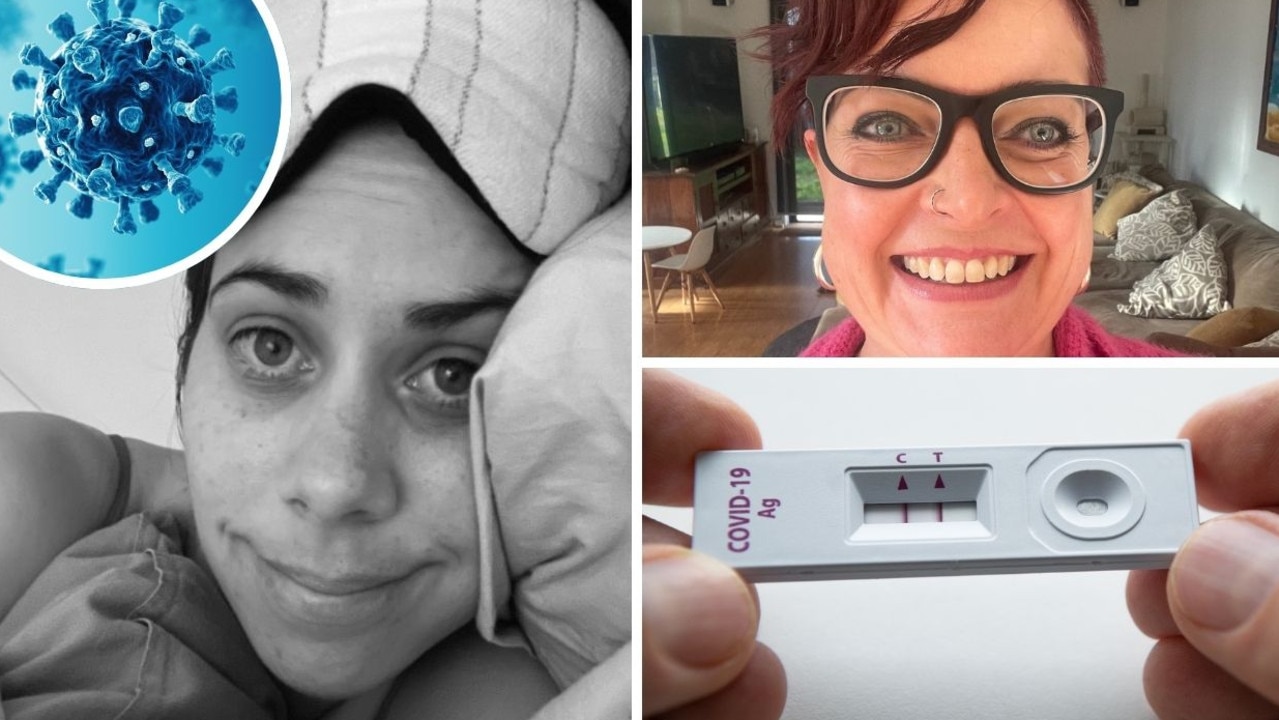Why day 10 of a COVID-19 infection is crucial for patients
Day 10 has emerged as D-Day for COVID-19 patients who fail to show signs of improvement. Here’s why this is the day those infected are most likely to be admitted to the intensive care ward.

Coronavirus
Don't miss out on the headlines from Coronavirus. Followed categories will be added to My News.
Day 10 has emerged as D-Day for COVID-19 with this time frame identified as the crucial time point of the virus.
Because if you’re not getting better by Day 10 - it’s the day you are most likely to be admitted to the intensive care ward.
This was the day of infection that saw British Prime Minister Boris Johnson admitted to ICU and studies of patients in three Chinese hospitals have also supported this finding.
It is the point when patients with a severe form of the virus typically begin to experience acute respiratory distress syndrome (ARDS).
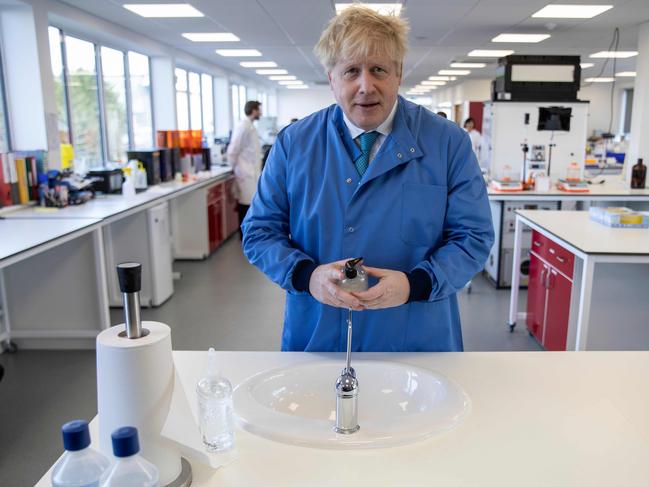
Studies of patients in Chinese hospitals also found this was the point patients suffered severe difficulty breathing, The Lancet medical journal found.
It is also the day on which most patients whose condition is deteriorating require mechanical ventilation to help them breathe.
Mechanical ventilation is needed because fluid has built up in the tiny air sacs in their lungs which stops the lungs from filling with enough air.
This results in less oxygen reaching the bloodstream thus depriving organs of the oxygen they need to function.
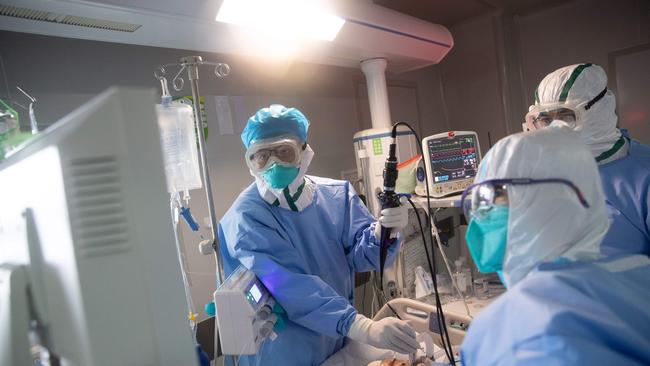
Associate Professor Louis Irving, Director of Respiratory and Sleep Medicine at the Royal Melbourne Hospital, told the Royal Australian College of General Practitioners newsletter that on Day 10 “a cytokine storm may occur”.
This is where the body’s immune system goes into overdrive bringing immune cells to the lungs to attack the virus, causing severe inflammation that can harm or even kill the patients.
He based this analysis on a social media post by an emergency physician in New Orleans who claimed to have seen ‘several hundred’ COVID-19 patients.
More than eight in 10 people who get COVID-19 will have a mild illness and some may have no symptoms at all but around one in five people get a more severe form.
These people are likely to end up in hospital, some of them will be admitted to ICU and a small number will die.
Studies of 138 patients in Wuhan, China, published in JAMA Network in February found patients who ended up in hospital typically developed breathlessness five days after they suffered the first symptoms of the virus.
If they had a severe form of the virus they were admitted to hospital on day seven of their infection and they began suffering acute lung injury on day eight of the infection.
Professor Peter Wark from the University of Newcastle’s medical school said studies in Wuhan found in those with severe illness had symptoms that worsened from days four to nine after infection with increasing breathlessness and cough.
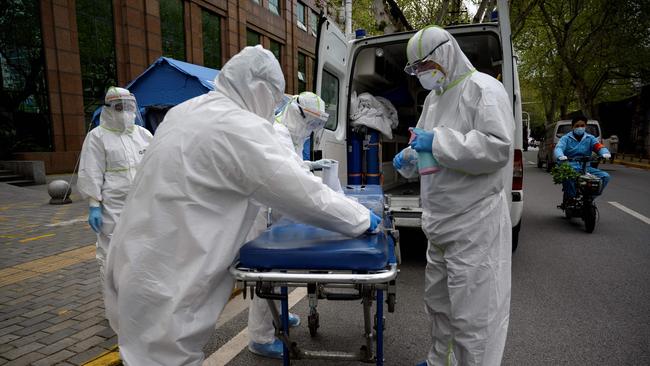
Half those admitted to hospital required oxygen and “some patients suffer worsening breathing difficulties that necessitate admission to an intensive care unit (ICU), typically eight to fifteen days after the illness began,” he wrote in The Conversation.
A study of 21 patients from Washington State in the US, who ended up in ICU, found 17 ended up in intensive care within 24 hours of hospital admission and 15 required a ventilator.
All suffered respiratory distress but seven also developed heart damage, four suffered kidney failure, and three liver damage and at least half of them died.
A World Health Organisation study of over 55,000 patients in China found people with a mild form of the illness generally recovered after two weeks while those with a severe form of COVID-19 took six weeks to get better.
Originally published as Why day 10 of a COVID-19 infection is crucial for patients


